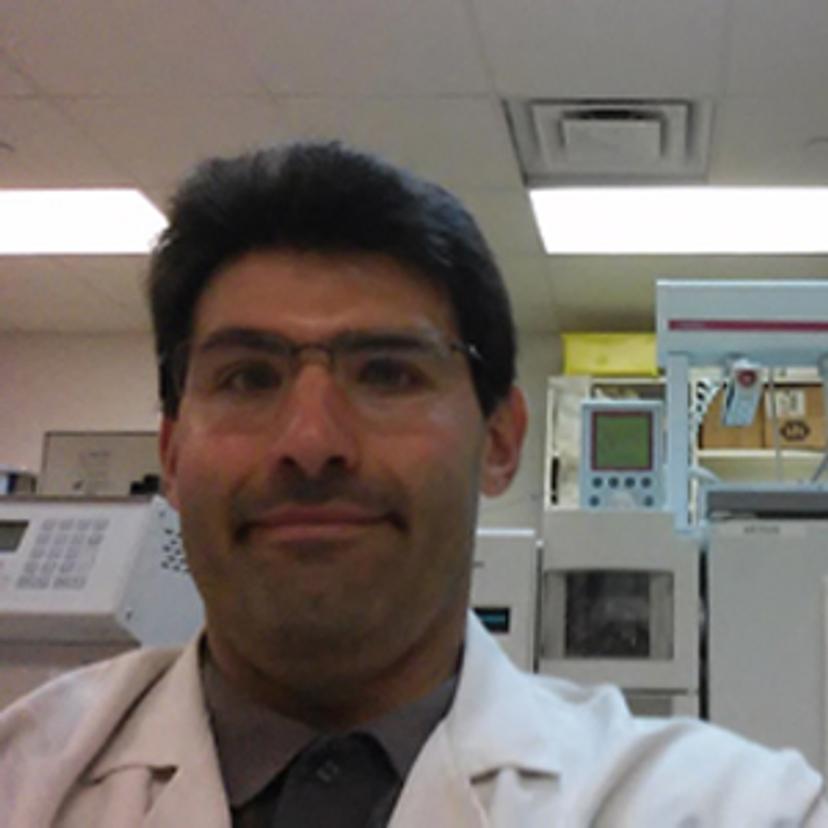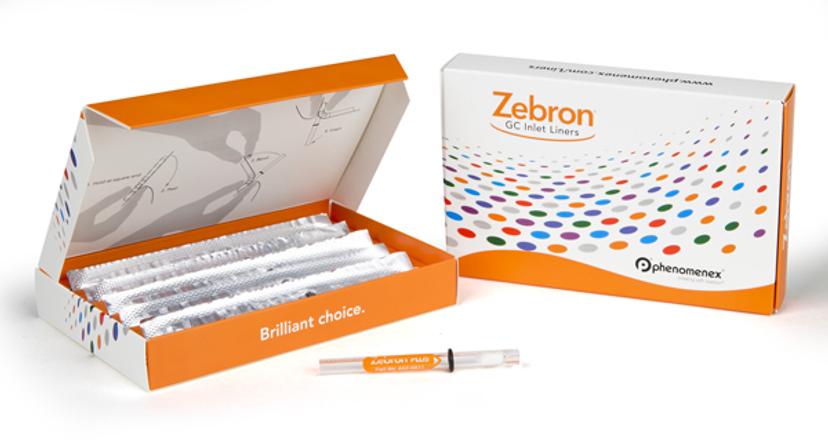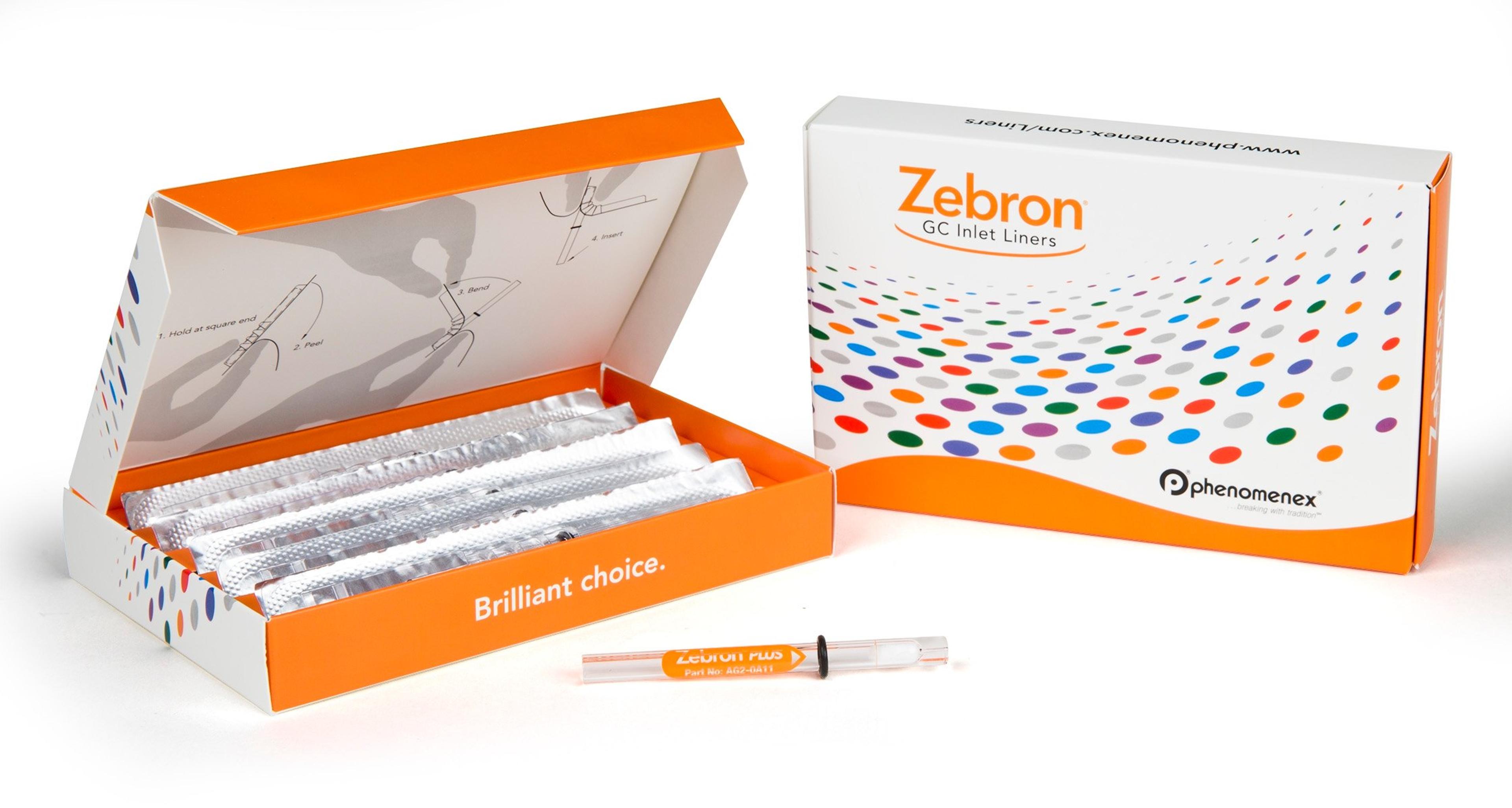Creating Customized Flavors with Unique Signatures using GC/MS
Scientists at Innova Flavors use analytical method development to create unique food flavors
15 May 2017

Steven Shoenfeld, Senior Analytical Chemist at Innova Flavors, Lombard, Illinois, USA Innova Flavors Innova specializes in creating customized meat and savory flavors with unique signatures for a broad range of food applications.
Steven Shoenfeld is a Senior Analytical Chemist at Innova Flavors, Lombard, Illinois, USA. Steven is currently working on a number of Gas Chromatography/Mass Spectrometry (GC/MS) and Flame Ionization Detector (FID) methods, for innovative flavor development. SelectScience® spoke with Steven to find out more about his work.
The science of unique flavor creation
SelectScience: Could you briefly tell us about Innova Flavors?
SS: Innova Flavors is a company that produces meat and savory flavors, as well as hydrolyzed vegetable protein. We are specialized in creating customized meat and savory flavors with unique signatures, for a broad range of food applications.
SelectScience: What does your job role involve?
SS: My job involves a mix of routine and special analytical projects that encompass R&D, Quality Control, and regulatory testing. My primary complex technique is GC/MS and FID, but I do a fair amount of wet chemistry such as titrations, ashing, electrochemical measurement (pH Na+) as well.
SelectScience: Could you describe some of your current projects and method development?
SS: I have a various number of methods that I use to evaluate flavors and quantitate compounds for R&D, Quality, and regulatory purposes. For Halaal for instance, I measure ethanol using total evaporative headspace with the 0.5df Zebron ZB-WAXplus. I use acetonitrile as an internal standard.

The Zebron ZB-WAXplus provides optimal selectivity for many aqueous soluble compounds such as those found in alcoholic beverages or glycol samples
SelectScience: Which technologies/methods do you use in your work?
SS: GC Columns:
- For a lot of my higher boiling point analytes I use the Phenomenex Zebron ZB-5MSplus.
- I have a sugars method that quantitates peracetylated aldonitril derivatives up to the disaccharides which elute at ~300 °C. The ketoses, such as fructose, form more polar cis and trans oxime peracetate derivatives that are sensitive to activity. I have a lot of analytes with polar groups that are prone to activity issues and the ultra-inert Phenomenex GC product ZB-5MSplus helps to overcome these challenges.
- For our hydrolyzed vegetable proteins, there is a toxic byproduct called 3-monochloropropane diol which is a glycerol, where a chlorine replaces one of the hydroxyl groups. I quantitate this using GC/MS. It is derivatized using phenylboronic acid to make it less polar and to increase its mass so it has a stronger MSD signal.
- I use the Phenomenex Zebron ZB-1701 phase for nitrogen containing flavor compounds. I do derivatized amino acids, particularly glutamate, capsaicin/SHU, allyl isothiocyanate,
Liners: I like using wool liners because it helps shield the column from non-volatiles such as triglycerides, colors etc. It also helps provide more surface area for vaporization of higher boilers especially and reduces inlet discrimination.

Zebron PLUS GC Inlet Liners help shield the column from non-volatile substances
SelectScience: What is most important in your role of developing customized flavors?
SS: For analyzing and duplicating flavors I usually carry out qualitative GC/MS. My preferred method is either headspace SPME, or for very concentrated and low boiling compounds, I do static headspace. Depending on the flavor, I may choose to use a polar column (wax) or a non-polar column (5 phase). For flavors like cheese and butter, a wax column gives superior chromatography due to the presence of free carboxylic acids and butter diketones like diacetyl that give poor peak shape on non-polar columns. For flavors, such as smoke and pork flavors, a 5 phase column is a better choice for high boiling phenolic and other flavor compounds. Sometimes, using both columns will allow you to detect compounds that are obscured by coelution on one column but not the other.
My GC/MS is customized with an Agilent Quick swap system that allows me to change columns very quickly and easily, without the need to vent the MSD, and uses a reusable metal ferrule system on the column outlet.
SelectScience: What do you enjoy most about your job?
SS: I enjoy the variety of my work, especially in flavor analysis. It always interests me to be given a flavor and smell it and wonder what chemicals I am going to find that are giving it that smell.
SelectScience: What is the future of your research?
SS: It is tough to say what sort of projects will come up but, possibly more analysis of flavor compounds for quality and R&D purposes. At some point, I will probably get into HPLC for non-volatiles such as colors, inosinate and guanylate, vitamins and nutrients.



